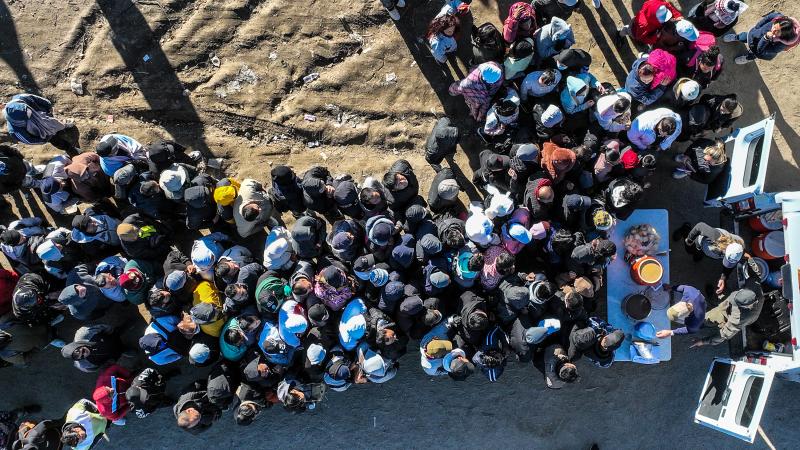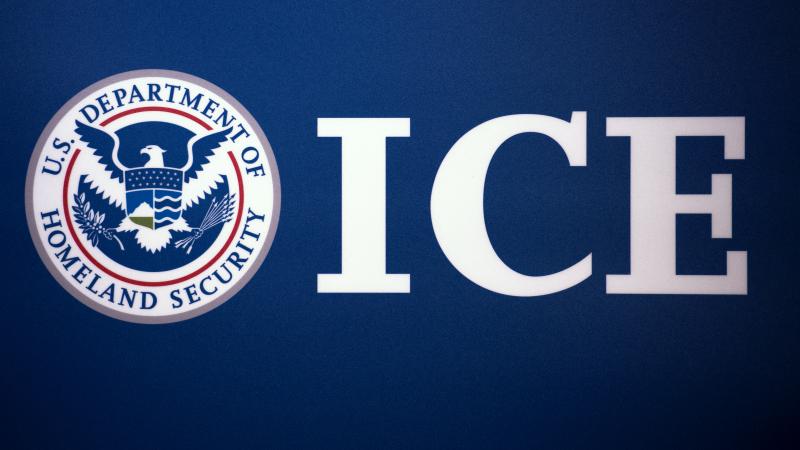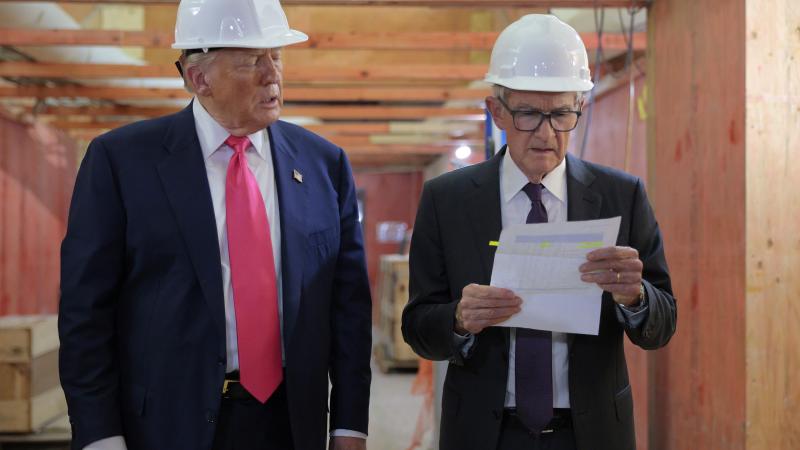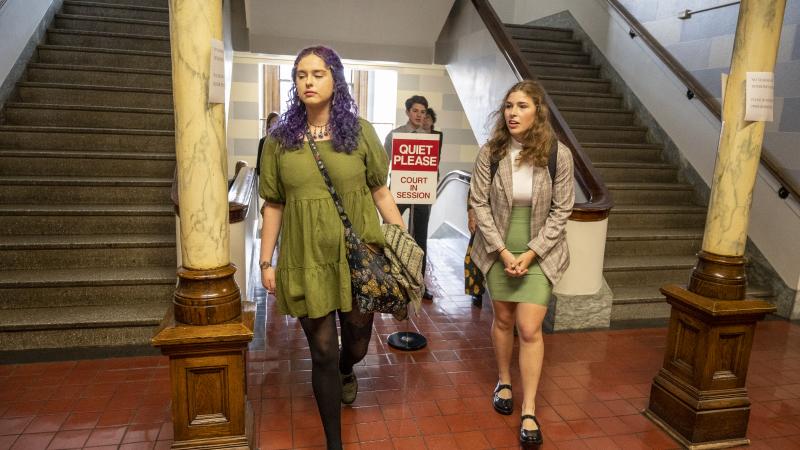Lack of health care workers is a struggle in rural communities
Longer wait times, higher mortality among side effects.
Shortages of doctors, dentists, nurses and other health care providers have hit crisis levels in rural communities.
“Rural residents often wait longer for a provider visit or forgo medical or dental care altogether,” said Dr. Hana Hinkle, the interim director for the National Center for Rural Health Professions at the University of Illinois School of Medicine in Rockford. “There might not be certain specialties available in rural communities. Hospitals are farther away so people with transportation issues have a much harder time getting care.”
The result is more serious illness and higher death rates in non-metropolitan counties because more people wait until they are critically ill before they seek treatment.
Rural residents are more likely to die from one of the five leading causes of death (heart disease, cancer, unintentional injury, chronic lower respiratory disease and stroke) than people in urban and suburban areas where people have easier access to medical care, a new report by the Illinois Rural Health Summit has found.
Illinois has been aware of the physician shortage in rural communities for 30 years, Hinkle said
“It is a complex problem with no easy solution, but we have been making some progress,” she said.
The University of Illinois looks carefully at medical, dental and nursing school applicants to find and encourage students from rural communities who have ties to their communities and who were active in their communities in high school. Those applicants are much more likely to return to practice in rural communities when they finish their medical training.
Loan forgiveness programs incentivize them to choose to practice in rural communities.
Even so, the shortage of primary care doctors, dentists and nurses who work in rural areas is on track to get worse in the next 10 years.
The Rural Health Summit Report highlighted three efforts that are making a difference. First is the creation of care teams that are taking some of the workload off physicians. Care team members include nurse practitioners, physician’s assistants, certified nursing midwives and certified registered nurse anesthetists. They can take patient histories, conduct physical exams, deliver babies, provide pre- and post-operative care and make referrals to other specialties.
Second is creation of partnerships between hospitals and the public health department. In southern Illinois, the Healthy Southern Illinois Delta Network is a coordinated effort with the participation of Southern Illinois Healthcare, Southern Illinois University School of Medicine Center for Rural Health and Social Service Development and the University of Illinois extension with Health Departments in Jackson County, Franklin-Williamson Bi-County, Southern Seven, Perry County, Hamilton County and Egyptian County.
Finally, access to tele-medicine is saving lives and being expanded. Patients in rural areas are 40 percent more likely to wind up in the hospital for a preventable problem than people in urban and suburban areas who have easier access to consultations with specialists. Telehealth appointments with specialists can reduce the preventable hospitalization rate in rural communities by as much as 16%. Telehealth consultations for people with chronic conditions can reduce the mortality rate by 16.6%.













